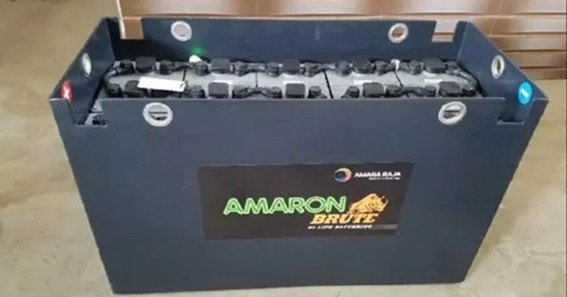If you’ve been exploring energy storage solutions for off-grid living, RV use, or backup power, you’ve probably come across the 500 Ah battery. This capacity rating signifies how many ampere-hours of power the battery can deliver before needing a recharge, making it a robust choice for various demanding applications. In this blog post, we’ll dive into the importance of a 500 Ah battery, discuss its key advantages, and outline essential maintenance tips to ensure you get the best performance possible.
Why Choose a 500 Ah Battery?
-
Extended Capacity
-
A 500 Ah battery can supply 500 amperes for one hour, 250 amperes for two hours, and so on (under ideal conditions). This higher amp-hour rating is perfect for long-lasting power supply needs.
-
-
Versatility Across Applications
-
From solar-powered homes to marine vessels and recreational vehicles (RVs), this battery size supports continuous power for appliances, lights, and electronic devices.
-
Businesses that require an uninterruptible power supply (UPS) or backup systems also benefit from the extended runtime offered by a 500 Ah battery.
-
-
Potential Cost Savings
-
While higher-capacity batteries often demand a larger upfront investment, they can lead to cost savings over time through reduced maintenance and fewer battery replacements.
-
Properly installed and maintained, these batteries offer an excellent return on investment in both off-grid and hybrid-grid setups.
-
-
Compatibility with Renewable Systems
-
A 500 Ah battery is well-suited for renewable energy systems (solar, wind) where consistent power storage is essential.
-
The ability to store significant energy helps stabilize power availability when weather conditions change.
-
-
Reduced Cycling Stress
-
With a larger capacity, batteries typically undergo fewer deep discharge cycles. This can prolong overall battery lifespan if you manage your energy consumption responsibly.
-
Essential Maintenance Tips for Your 500 Ah Battery
-
Regular Inspection
-
Visually check for signs of corrosion on terminals and cable connections. If using lead-acid batteries, monitor electrolyte levels and top them up with distilled water when necessary.
-
-
Proper Charging Regimen
-
Use a compatible charger or charge controller designed for your battery chemistry (lead-acid, AGM, LiFePO4, etc.). Overcharging or undercharging can harm battery health over time.
-
-
Temperature Management
-
Extreme temperatures can degrade battery performance and shorten its life. Keep your battery in an environment with moderate, stable temperatures to maintain optimal capacity.
-
-
Periodic Equalization (Lead-Acid Batteries)
-
Equalization charging helps balance the voltage and specific gravity of the cells, preventing stratification. Follow the manufacturer’s guidelines for safe equalization.
-
-
Avoid Deep Discharges
-
Repeatedly depleting a 500 Ah battery below 50% can reduce its lifespan. Track usage patterns and recharge promptly to maintain longevity.
-
FAQ
-
Q: What does “500 Ah” actually mean?
A: “500 Ah” refers to the battery’s capacity in ampere-hours. In ideal conditions, it can supply 500 amps for one hour before depletion or a smaller current for a proportionally longer period. -
Q: Is a 500 Ah battery suitable for solar-powered homes?
A: Absolutely. Large-capacity batteries store more energy, making them ideal for off-grid or hybrid solar systems where you need consistent power, even during low sunlight. -
Q: Can I use a 500 Ah battery for my RV or boat?
A: Yes. Its substantial capacity supports extended usage of appliances, lighting, and electronics without frequent recharging, enhancing convenience during travel or on the water. -
Q: Do I need a specific charge controller for a 500 Ah battery?
A: It’s recommended. A high-quality charge controller or charger designed for the battery’s chemistry ensures safe, efficient charging and protects against overcharging or undervoltage. -
Q: How long does a 500 Ah battery typically last?
A: Lifespan varies by usage, maintenance, and battery chemistry. Lead-acid variants might last 3–5 years or more with proper care, while lithium-based batteries can exceed 10 years under optimal conditions.










